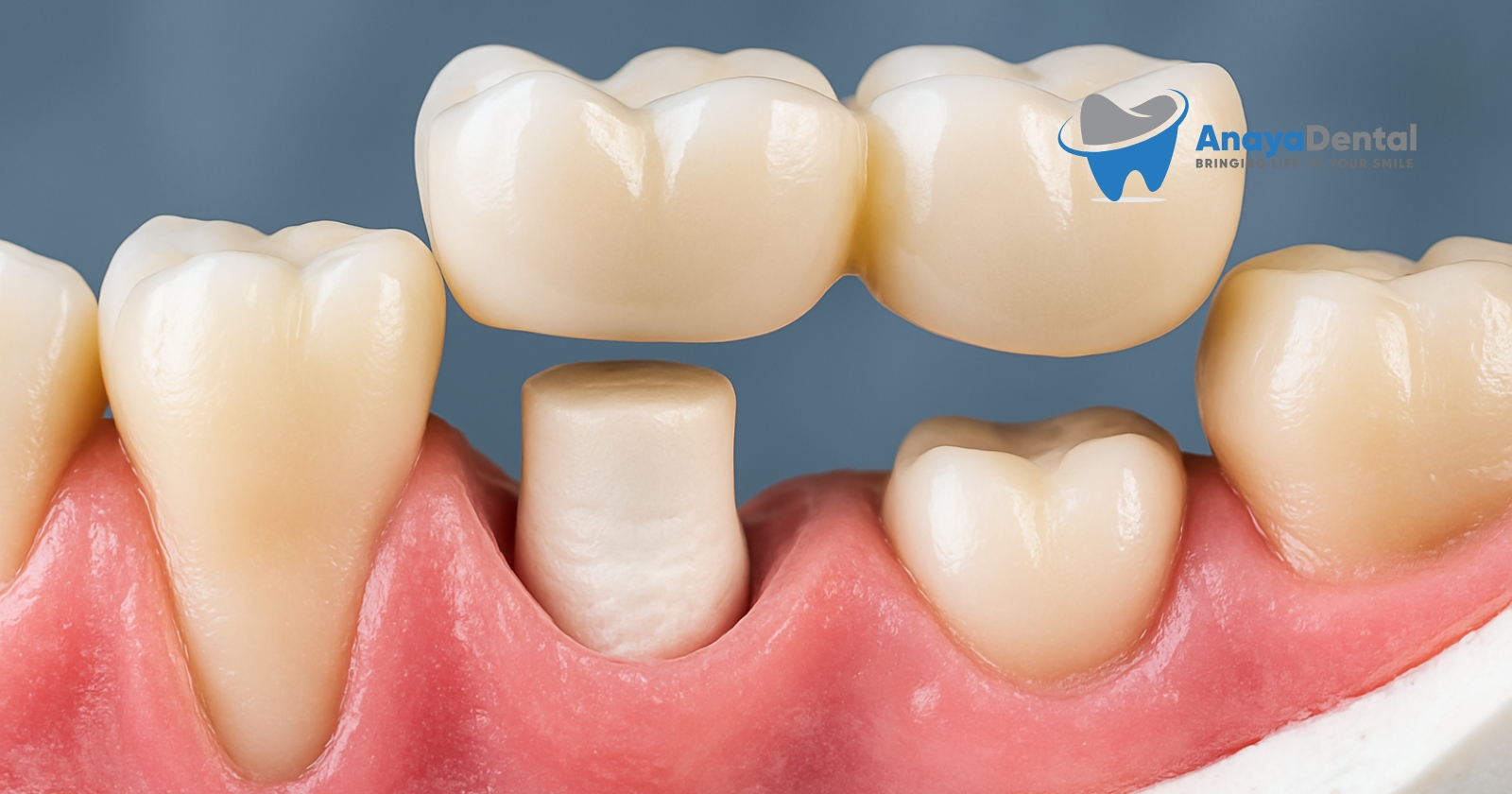How You Can Afford a D2332 Resin-Based Composite for Your Front Teeth
When your dentist recommends a three-surface composite filling for your front teeth, understanding both the procedure and your payment options can help you make informed decisions about your dental care. This guide explains what a D2332 procedure involves and how you can manage the associated costs.
What Is a D2332 Resin-Based Composite?
A D2332 procedure refers to a three-surface resin-based composite restoration on an anterior (front) tooth. Unlike amalgam (silver) fillings commonly used for back teeth, resin composites match your natural tooth color, making them ideal for visible front teeth.
Understanding the “Three Surfaces” Component
Teeth have five potential surfaces:
Try Our Dental Calculators
- Facial/Labial: The front surface facing your lips
- Lingual: The back surface facing your tongue
- Mesial: The surface facing toward the midline of your mouth
- Distal: The surface facing away from the midline
- Incisal/Occlusal: The biting surface
When a D2332 procedure is performed, the decay or damage affects three of these surfaces, requiring a more extensive restoration than a single-surface filling.
Medical Considerations for Anterior Composite Fillings
When This Procedure Is Necessary
Your dentist might recommend a D2332 procedure when:
- Decay spans three surfaces of a front tooth
- Trauma has damaged multiple surfaces
- An existing filling needs replacement
- Cosmetic improvement is desired for discolored or misshapen teeth
According to the American Dental Association, approximately 41% of adults aged 20-64 have at least one composite restoration in their anterior teeth.
The Procedure Process
- Examination and diagnosis: Your dentist examines the affected tooth, often using X-rays
- Anesthesia: Local anesthetic is administered for comfort
- Decay removal: Damaged tooth structure is removed
- Tooth preparation: The area is shaped to receive the composite material
- Application: Layering of composite material on the three affected surfaces
- Curing: Special light hardens the composite
- Finishing and polishing: The restoration is shaped and polished to match adjacent teeth
The Cost of D2332 Procedures
The expense of a three-surface anterior composite can vary significantly based on several factors.
Average Cost Ranges
Without insurance, you can expect to pay approximately:
| Geographic Location | Low-End Cost | Average Cost | High-End Cost |
|---|---|---|---|
| Urban Areas | $250 | $300 | $450 |
| Suburban Areas | $225 | $275 | $400 |
| Rural Areas | $200 | $250 | $350 |
Factors Affecting Your Cost
- Geographic location: Procedures typically cost more in metropolitan areas
- Dentist experience: Specialists or experienced dentists may charge more
- Complexity: Additional work like pulp capping increases costs
- Materials used: Premium composite materials cost more but may last longer
Payment Options for Your D2332 Procedure
Dental Insurance Coverage
Most dental insurance plans cover composite fillings on anterior teeth at 50-80% after deductibles. However, coverage limits apply:
- Annual maximums typically range from $1,000-$2,000
- Some plans have waiting periods for restorative procedures
- Frequency limitations may restrict how often fillings can be replaced
Important: Always verify your specific coverage with your insurance provider before scheduling your procedure.
Financing Options When Insurance Isn’t Enough
Dental Discount Plans
These membership-based programs offer 20-50% discounts on most dental procedures. Unlike insurance, they have:
- No annual maximums
- No waiting periods
- Immediate eligibility for discounts
Healthcare Credit Cards
Options like CareCredit or the Ally Health Credit Card offer:
- Interest-free periods (typically 6-24 months)
- Quick approval processes
- Acceptance at most dental offices
The downside includes high interest rates (often 20%+) if not paid within the promotional period.
Payment Plans Through Your Dentist
Many dental practices offer in-house financing:
- Monthly payment options with little or no interest
- Flexible terms based on your budget
- No credit check required in some cases
Health Savings Accounts (HSAs) and Flexible Spending Accounts (FSAs)
These tax-advantaged accounts allow you to pay for dental work with pre-tax dollars, effectively giving you a discount equal to your tax rate.
Preventive Care: Avoiding Future Three-Surface Fillings
Investing in prevention can save you from needing extensive restorations:
- Regular dental checkups (every 6 months) help catch decay early
- Daily flossing prevents decay between teeth, where multi-surface cavities often begin
- Fluoride treatments strengthen enamel against decay
- Protective sealants create a shield against cavity-causing bacteria
Quick Review
- A D2332 procedure is a three-surface resin-based composite filling for front teeth
- The procedure typically costs between $250-$400 without insurance
- Most dental insurance covers 50-80% of the procedure cost
- Alternative payment options include discount plans, healthcare credit cards, payment plans, and tax-advantaged accounts
- Preventive care is the most cost-effective approach to dental health
By understanding your options and planning ahead, you can manage the cost of this necessary dental procedure while maintaining your oral health and appearance.


